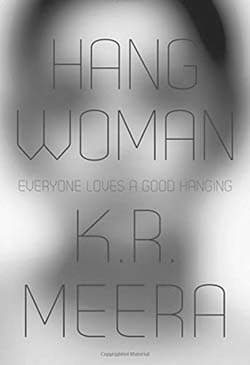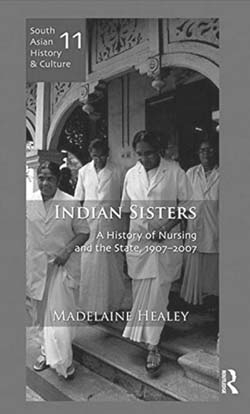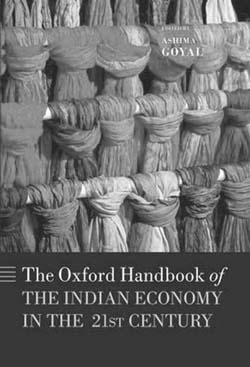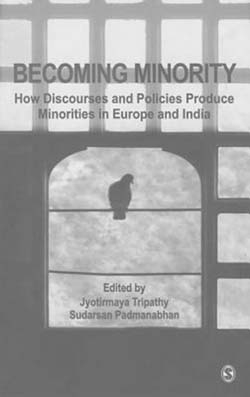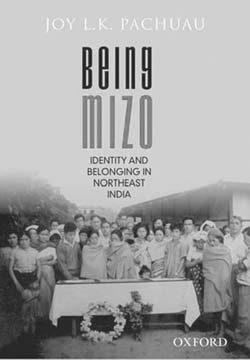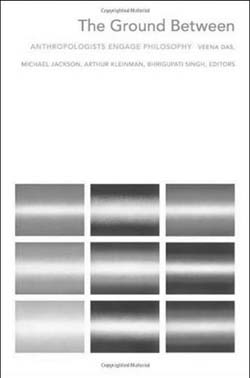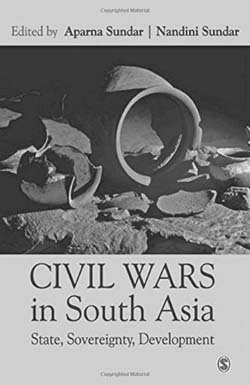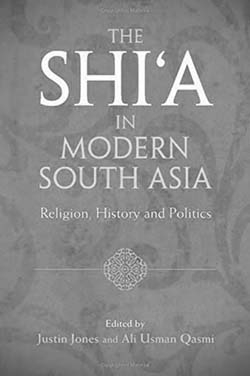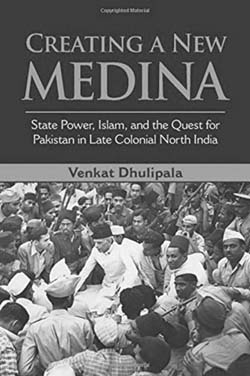2015
Typhoon is the story of three women with different backgrounds, though connected by the manner in which past plays a critical part in their lives. Naghmana is a glamorous woman from the city, Chaudhrani Kaniz, a land baron based in a village, and Gulshan, an innocent homemaker.


